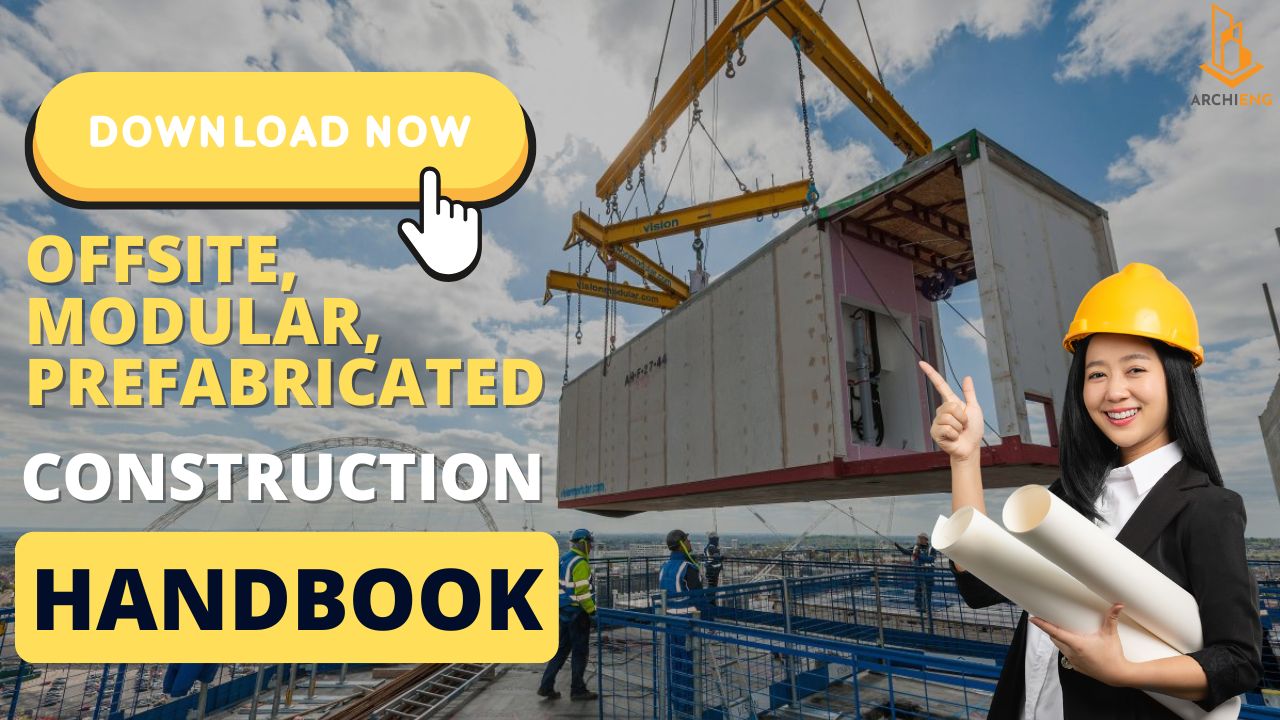Creating a Solid Foundation: Exploring the Benefits of Plasterboard Systems in Building Design
.png)
When it comes to building design, several crucial factors must be considered to ensure safety, functionality, and occupant comfort. Among these considerations, fire safety, acoustics, thermal insulation, and seismic resilience are paramount. In this technical note, we will delve into the world of plasterboard systems and how they address these critical aspects of building design.
Fire Safety:
Fire safety is a top priority in any construction project. Plasterboard systems, with their fire-resistant properties, play a vital role in creating a safe environment. Plasterboard is composed of gypsum, a naturally fire-resistant mineral. When exposed to heat or fire, gypsum releases water vapor, effectively retarding the spread of fire. Additionally, plasterboard systems can incorporate fire-rated boards and intumescent materials to further enhance fire resistance, ensuring that occupants have valuable time to evacuate and firefighters can effectively combat the blaze. Single, double or triple layers of plasterboard systems can achieve up to FRL 180/180/180 fire rating in accordance to NCC.
Acoustics:
Creating a peaceful and noise-free environment is essential in buildings, whether they are offices, residences, or educational institutions. Plasterboard systems excel in providing excellent acoustic performance. The multiple layers of plasterboard, separated by resilient channels or insulation, create an effective sound barrier, reducing both airborne and impact noise transmission. By selecting the appropriate plasterboard thickness and incorporating additional sound-absorbing materials, designers can tailor the acoustic performance to meet specific requirements, enhancing occupant comfort and privacy.
Thermal Insulation:
Maintaining a comfortable indoor environment while minimizing energy consumption is a key aspect of sustainable building design. Plasterboard systems offer excellent thermal insulation properties. By incorporating insulation materials within the wall cavity or utilizing plasterboards with integrated insulation layers, heat transfer between the interior and exterior of the building can be minimized. This helps regulate indoor temperatures, reduces reliance on heating and cooling systems, and ultimately leads to energy savings and lower environmental impact.
Seismic Resilience:
In regions prone to seismic activity, it is crucial to design buildings that can withstand earthquakes and ensure occupant safety. Plasterboard systems, when properly engineered and installed, can contribute to the seismic resilience of a structure. The flexibility and lightweight nature of plasterboard allow it to absorb and dissipate seismic forces, reducing the strain on the building's structural elements. Moreover, advanced fixing systems, such as seismic-rated brackets and fasteners, can be integrated with plasterboard systems to enhance their overall performance during seismic events.
Conclusion:
Building design encompasses a range of considerations to create safe, comfortable, and resilient structures. Plasterboard systems, with their fire-resistant properties, acoustic performance, thermal insulation capabilities, and seismic resilience, offer a comprehensive solution for addressing these critical aspects of building design. By integrating plasterboard systems intelligently and in accordance with the specific requirements of each project, architects and designers can create spaces that prioritize occupant safety, promote tranquility, improve energy efficiency, and withstand seismic activity. With the versatility and adaptability of plasterboard systems, the possibilities for innovative and sustainable building design are endless.
Our engineers in ArchiEng has over 20 years experience designing lightweight system building solutions to achieve NCC's requirement for FRL, Rw, Rw+Ctr, Lnw, R-value and seismic solution. This includes plasterboard systems, Hebel systems, Speedpanel systems and many more. Our comprehensive "Wall Schedule" solutions provide architects the complete report on the full interior lining solutions that is simple, easy to read, achieving NCC's requirement for your projects. Speak to our engineers and see how we can streamline the process for your project.






.jpg)


.png)

.png)







.png)

.png)



.png)
.png)





.png)



.png)


.png)
.png)

.png)
.png)
.png)
.png)

.png)




.png)






.png)

.png)
.png)
.png)
.png)
.png)
.png)
.png)
.png)
.png)
.png)












